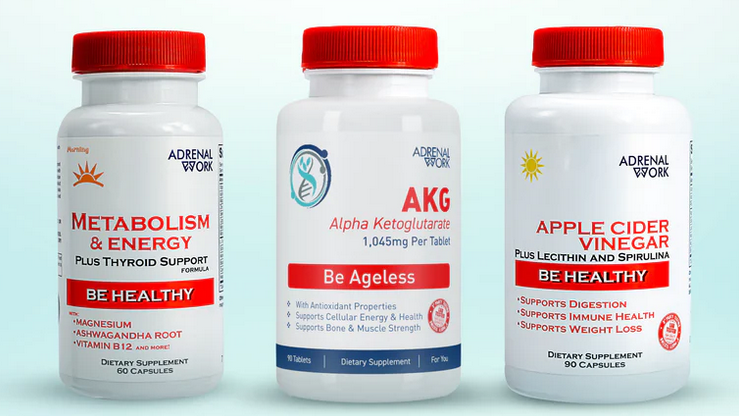In relation to production goods, there are many various ways which you can use. A single that you may possibly not have read about before is rotational molding, often known as Rotomolding. This procedure involves warming a plastic fabric, spinning a mildew, and air conditioning the fungus to produce a hollow merchandise. While it may look not so difficult, there are several factors who go into profitable rotational molding. In this particular thorough guideline, we shall demystify the method and give all the information you must know about Rotomolding.
The Rotational Molding Approach
The first step in comprehending rotational molding is usually to know the method. Rotomolding is made up of four simple measures. First is material planning, when a plastic-type resin is together with any needed artificial additives and terrain into a natural powder. Another phase is reloading the fungus with all the natural powder, which can be then warmed up and rotated. Since the mildew rotates, the natural powder melts and coats the inside of the fungus. After the mildew gets to the specified size, it really is cooled before the done product is taken out.
Features of Rotational Molding
Rotational molding provides several advantages over other producing methods. Just about the most considerable pros is the opportunity to produce hollow items with consistent walls fullness. In addition, Rotomolding enables complex styles and fashoins that would be tough or difficult to produce with some other approaches. Ultimately, Rotomolding can be a relatively reduced-cost means of developing, especially when creating tiny amounts of merchandise.
Resources Used in Rotational Molding
Several various kinds of plastic supplies may be used in rotational molding. Probably the most widely used resources include polyethylene, Pvc material, nylon material, and polycarbonate. Every single fabric features its own positives and negatives, as well as the specific substance selected for any product is dependent upon its intended use.
Style Considerations for Rotational Molding
When building a product for rotational molding, there are numerous variables that ought to be considered. As an example, ever since the fungus is rotated through the molding approach, the look needs to take into account the power generated through the rotation. In addition, characteristics such as undercuts and several components may need further steps from the molding procedure. Lastly, draft facets are necessary for effective Rotomolding and should be thought about during the style stage.
Uses of Rotational Molding
Rotomolding has a wide array of applications across several different market sectors. Probably the most frequent items designed with rotational molding involve toys, wearing items, and automotive elements. In addition, Rotomolding is frequently employed in the manufacturing of tanks for positioning beverages, such as normal water storage space tanks and gas tanks.
Bottom line:
Rotational molding, or Rotomolding, may not be a term you understand, but it is an approach of manufacturing containing several positive aspects over other techniques. By understanding the procedure, resources, and design considerations for Rotomolding, you can create goods with steady walls density, sophisticated forms, as well as at a fairly affordable. Whether you are considering production playthings, athletic items, vehicle pieces, or tanks, Rotomolding could be the perfect approach for your requirements.



